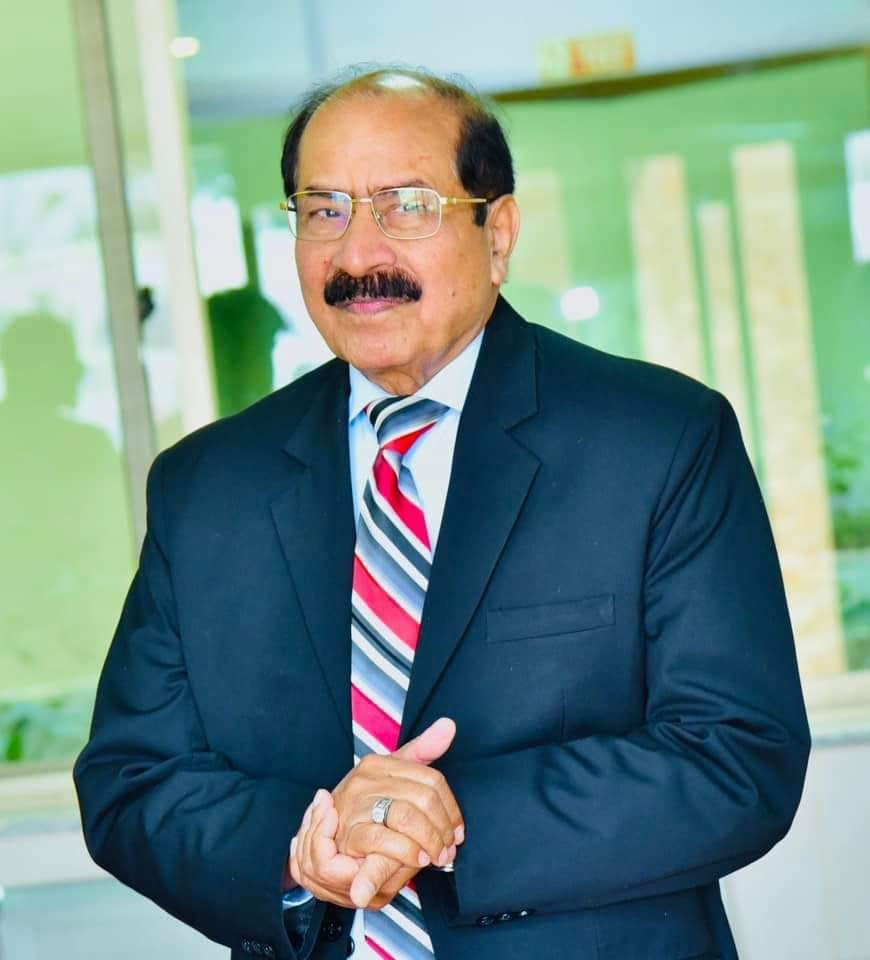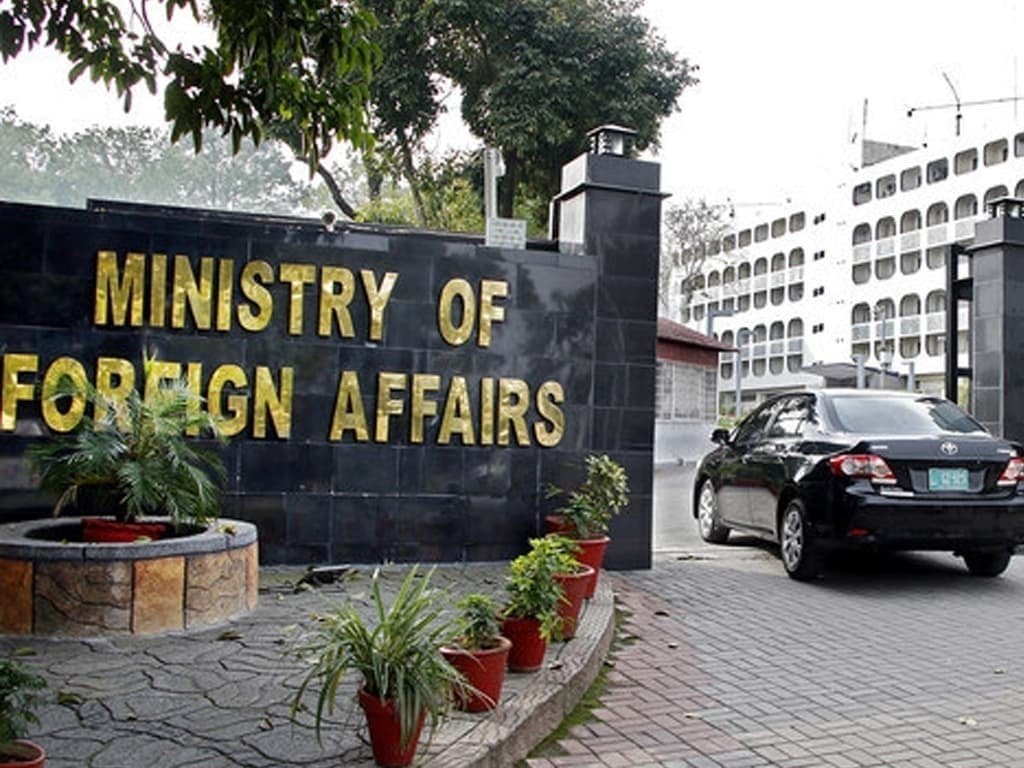
Professor Dr. Muhammad Sarwar, TI
Dean Postgraduate Studies and Research,
The University of Lahore
Introduction
Higher education lies at the core of a nation’s intellectual, economic, and moral advancement. In Pakistan, however, the road to academic excellence remains scattered with bureaucratic hurdles, outdated benchmarks, and misplaced priorities. The recent announcement by Punjab Chief Minister Maryam Nawaz Sharif to implement a color-coded ranking system for public universities (green, blue, yellow, grey) attempts to bring institutional assessment to the forefront. While commendable in intent, this internal comparison model risks creating a false sense of progress by ranking struggling universities against each other instead of against global standards.
As someone who has served as Vice Chancellor, Dean, and Director in public sector universities, and who currently works in a leading private sector university, I have experienced both the challenges and the possibilities within Pakistan’s academic system. It is time we confront reality: without global benchmarking, student-centric policies, and accountable governance, our universities will continue to lag behind in a rapidly changing world.
The danger of internal comparisons
Ranking Pakistani universities internally—without comparing them to international standards—creates a misleading sense of success. A low-performing institution may receive a “green” tag only because others performed worse. This results in academic self-deception, not reform. “The academic world values contribution over sentiment; recognition follows action, not emotion.”— Dr. Muhammad Sarwar, TI. Genuine progress demands global orientation. Institutions must be evaluated not just on paperwork or internal comparisons, but on their ability to innovate, produce research, inspire learners, and compete globally.
Global rankings: The need for alignment
International rankings like the QS World University Rankings and Times Higher Education (THE) are grounded in transparent, consistent, and rigorous criteria. These include:
- Academic reputation
- Faculty-student ratio
- Citations per faculty
- Research productivity
- Employer perception
- International collaboration
Such models do not reward status—they reward performance. Alignment with these frameworks would set clear, measurable goals for Pakistani universities and allow them to benchmark progress credibly. “University rankings aren’t about labels—they are about ambition and accountability.”— Phil Baty, Chief Global Affairs Officer, Times Higher Education
Private sector progress
While the public sector has struggled with bureaucratic inefficiencies and leadership stagnation, the private sector has shown agility and progress. The University of Lahore (UOL) is a prime example. In less than two decades, it has developed robust research programs, international collaborations, and student-focused systems. This model is proof that reform is possible within Pakistan, without waiting for foreign intervention. Having worked in both sectors, I affirm that many of the drawbacks in public universities—political appointments, delays, lack of faculty motivation—are minimal in proactive private institutions. These models can and should be replicated across the public sector.
Foreign campuses: Mirage or solution?
Pakistan’s push to attract foreign university campuses may offer prestige but lacks sustainability. Imported campuses often function as isolated outposts, disconnected from local challenges and pedagogies. Instead, we should foster joint-degree programs, where students study part of their program in Pakistan and part abroad. This approach maintains academic continuity, enhances exposure, and builds capacity within our own institutions. “Education must be rooted in the local but reach for the global.”— Dr. Sugata Mitra, Educational Researcher
Governance and accountability
Many public sector universities suffer not from lack of resources, but from unaccountable leadership. Vice Chancellors often have unchecked control over finances, appointments, and strategic decisions. This power concentration leads to inefficiency and favouritism. Reforms must include:
- Biannual accountability audits
- Independent oversight for recruitment and finance
- Removing VCs from financial and HR decisions
- Transparent performance metrics tied to student outcomes
“University autonomy without accountability is like a car without brakes.”— Dr. Jamil Salmi, Global Higher Education Specialist.
Efficient use of existing resources
Most public universities do not need more resources—they need better management of what they already have. Reallocating funds from redundant administration to research labs, faculty development, and student services can make a significant difference. Policies must be redesigned to be student-centric, not politically driven. Every rupee spent should be tied to improving academic outcomes and student experience. “If existing resources are managed wisely, not only can expenditure be reduced, but educational quality can significantly rise.”— Dr. Muhammad Sarwar, TI
Students First
A university’s credibility is built on what it delivers to its students. Any meaningful reform must ask: Is this policy making life better for our students? This means:
- Supporting active learning environments
- Providing career guidance and mental health services
- Encouraging entrepreneurship and innovation
- Listening to student feedback regularly
“Students are not customers; they are co-creators in the journey of knowledge.”— Sir Ken Robinson, Educationalist.
Recommendations for Immediate Action
- Align all national evaluations with QS and THE ranking frameworks
- Remove VCs’ authority over finances and appointments
- Mandate biannual audits with published results
- Facilitate 2+2 or dual degree models with foreign universities
- Encourage replication of successful private models like UOL
- Make every policy student-centric
- Shift from input-based to outcome-based planning
- Monitor implementation regularly with public reporting
Conclusion
The time has come to stop comparing the worst with the worse. Let us not be satisfied with being the best among the mediocre. Instead, we must strive to become globally competitive, ethically led, and student-empowered institutions. True transformation demands courage—to hold leaders accountable, to embrace transparency, and to think beyond traditional constraints. “The function of education is to teach one to think intensively and to think critically. Intelligence plus character—that is the goal of true education.”— Dr. Martin Luther King Jr.
“Let your discipline speak; let your results echo; let your silence carry the weight of scholarly truth.”— Dr. Muhammad Sarwar, TI. Let us measure our success not by colourful categories, but by global recognition, graduate impact, and academic integrity. The road is long—but it begins with the right direction.





